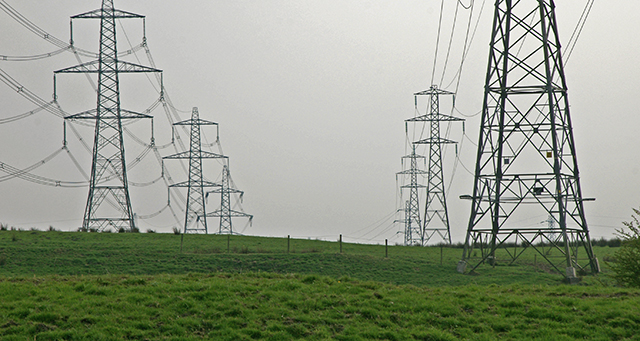
In the intricate world of electrical systems, the distribution board stands as a critical component, often unseen but vital in powering our daily lives.
These boards, functioning as the main hub of electrical systems, distribute electrical power across various circuits while providing protection and management.
Understanding their role and functionality is essential, especially with technological advancements, where companies like Schneider Electric are pioneering more efficient and safer solutions.
The Fundamental Role of Distribution Boards
A distribution board, or a panelboard or breaker panel, is the heart of any electrical system.
It divides the electrical power feed into subsidiary circuits while providing a protective fuse or circuit breaker for each circuit in a common enclosure.
It’s the point from which electrical power is distributed to various parts of a building or area, ensuring that electricity is effectively and safely managed.
Safety and Circuit Protection
The primary function of distribution boards is to ensure safety – protecting against overloads and short circuits.
Each circuit within the board has a circuit breaker that trips and cuts off power in case of electrical faults, preventing potential hazards like electrical fires.
Modern boards, such as those designed by Schneider Electric, are equipped with advanced safety features to handle the complexities of contemporary electrical loads.
Energy Efficiency and Management
Distribution boards play a crucial role in today’s world, where energy efficiency is paramount.
Advanced boards are designed not just to distribute power but also to optimize energy usage.
They can be integrated with energy management systems to monitor and control power consumption, helping to reduce energy waste and lower utility bills.
Integration with Renewable Energy Sources
With the increasing adoption of renewable energy sources, such as solar and wind, distribution boards are evolving to integrate these green energy sources into traditional electrical systems.
They can handle the variability and intermittency associated with renewable energy, ensuring a stable and reliable power supply.
The Impact of Smart Technology
The integration of smart technology into distribution boards is a significant leap forward.
Smart boards can communicate with other smart systems for more efficient energy management.
They provide real-time data, enable remote monitoring and control, and can even predict maintenance needs, offering higher operational efficiency.
Customization and Flexibility
Different buildings and facilities have varying electrical requirements, so the ability to customize distribution boards is vital.
Modern boards offer flexibility in terms of size, capacity, and functionality.
Companies like Schneider Electric provide a range of customizable options to cater to the specific needs of different environments.
Challenges and Innovations
While distribution boards are essential, they face challenges such as adapting to new technologies and ensuring compatibility with different electrical systems.
However, innovations in design and technology are continually addressing these challenges.
For instance, using modular designs allows for easier upgrades and modifications.
Schneider Electric’s Role in Advancing Distribution Boards
Schneider Electric, a global leader in energy management solutions, has been at the forefront of advancing distribution board technology.
Their innovative products are known for their reliability, safety, and efficiency, meeting the needs of modern electrical systems.
Schneider Electric’s commitment to research and development drives improvements in this field.
Embracing the Era of IoT and Connectivity
Integrating Internet of Things (IoT) technology into distribution boards significantly enhances electrical systems, boosting connectivity with IoT devices for a more responsive network.
This allows distribution boards to communicate with smart thermostats, lighting, and appliances, facilitating automated energy-saving adjustments and providing alerts for maintenance or malfunctions.
This heightened interactivity improves efficiency and safety, leading to more sophisticated and intelligent building management systems that combine mechanical and digital elements for optimal energy and operational efficiency.
Overall Conclusion
The journey of distribution boards from basic electrical panels to sophisticated, IoT-integrated systems marks a significant evolution in the electrical and energy management industry.
Distribution boards are increasingly becoming more crucial in managing modern electrical demands with each advancement, whether in safety, energy efficiency, integration with renewable sources, smart technology adoption, or IoT connectivity.
As we continue to embrace these innovations, driven by leaders like Schneider Electric, the future of distribution boards looks promising, poised to deliver more efficient, safe, and intelligent energy management solutions in an increasingly connected world.
(Pic from geograph.org.uk, under CC licence , author Mr T)

















Recent Comments